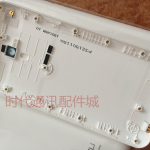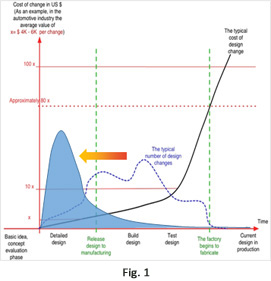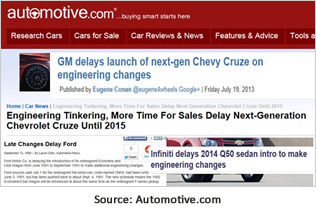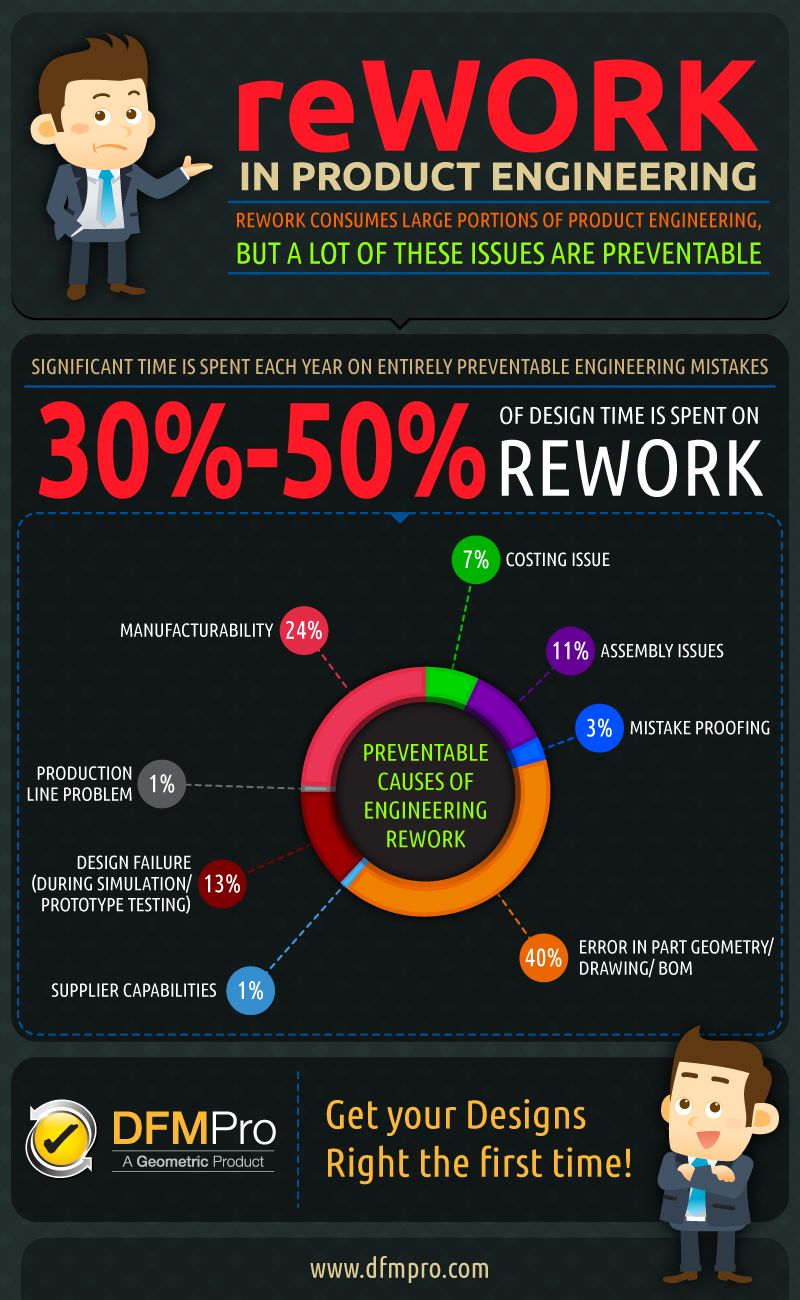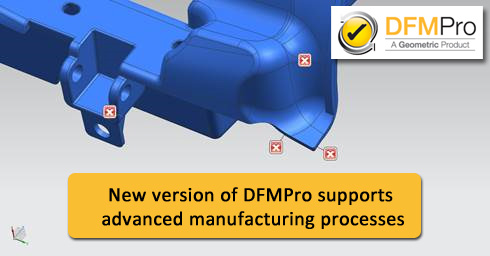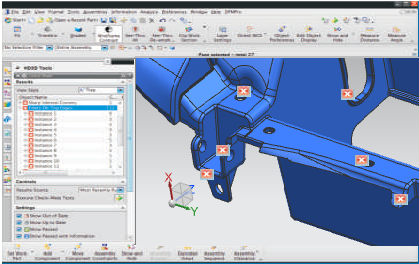Challenges in High-Tech Industry
Driving costs out of the product
lifecycle is on the top of every company’s agenda in the high-tech
industry. High-tech industry original equipment manufacturers (OEMs) who
design and market products like computer equipment, networking and
telecommunication equipment, medical devices, consumer electronics, etc.
are continually working towards becoming more cost-efficient to remain
profitable as global competition and new innovations are driving prices
down steeply. Companies constantly strive to deliver innovative products
at affordable prices as it is a strong source of differentiation in
this competitive market environment.

There are numerous designs produced by OEMs worldwide on a continuous basis. If designers are aware of which design parameters will be amenable to downstream manufacturing and assembly processes then late engineering changes and rework can be minimized. However, with several facilities and multiple suppliers across the globe, it is impossible to have knowledge of all manufacturing standards and supplier best practices that should be followed during the design stage.
In this example part shown below, how do you ensure that these issues get detected early during the design stage? These are typical DFM errors seen in an electronic part or assembly:
DFM Software:
Whether you are an OEM, contract manufacturer or a designer of high-tech products, you should have the right information available to make “early choices” during the design stage. These intelligent decisions made during product design can help foster more affordable innovation and win market share.
Improving efficiencies in product design and supply chain
Thin margins and shorter product lifecycles mean there is little room for design inefficiencies and iterations. Any kind of rework, quality issues, or inefficiencies in design and manufacturing can further increase the cost of production and impact profitability. As contract manufacturing increases, it is imperative to limit rework and ensure maximum efficiency across the supply chain to control costs. This becomes even more relevant for large global high-tech OEMs whose design and R&D teams are based in countries across North America and Europe with contract manufacturing suppliers spread across Asia-Pacific. Designs that require multiple iterations between supplier and OEM will often lead to delays in production schedule and increase overall costs. In our experience working with high-tech companies we have learnt that major causes of production delays and cost overruns are due to late design changes occurring because of manufacturability issues identified on the supplier side. Issues related to producibility, standardization, and assembly are frequently reported late either during design reviews or when designs are sent to suppliers for manufacturing, leading to rework and delays.
There are numerous designs produced by OEMs worldwide on a continuous basis. If designers are aware of which design parameters will be amenable to downstream manufacturing and assembly processes then late engineering changes and rework can be minimized. However, with several facilities and multiple suppliers across the globe, it is impossible to have knowledge of all manufacturing standards and supplier best practices that should be followed during the design stage.
In this example part shown below, how do you ensure that these issues get detected early during the design stage? These are typical DFM errors seen in an electronic part or assembly:
- Draft Angles on plastic enclosures are not
sufficient. Insufficient draft results in problems during ejection of
the part from the mold. Corrects drafts improve the cycle time and
productivity as well.
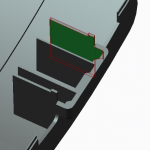

3D Model Actual Part - Bosses are designed without sufficient radii at
their base. The bosses are subjected to stress which can be reduced by
adding radii at the bottom as well as the top.
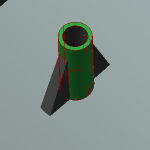

3D Model Actual Part - In case of assemblies, issues with clearance and interference are
critical to address during the design stage before it is sent for
manufacturing. For example:
- Minimum clearance between components is not sufficient. The right minimum clearance is required to prevent overheating and to allow for expansion of certain components during operation.
- Interference is detected between components in a complex assembly which is not desirable from a functional point of view.
DFM Knowledge capture and dissemination through rule based framework
In the global scenario, an efficient way to perform DFM during the early design stage is through a rule-based framework founded on a specific manufacturing facility or supplier capabilities. For example, using DFM software, manufacturing capabilities and supplier standards from all global locations can be made available to all designers in the form of rules, methods, and guidelines, focused on a specific manufacturing facility or supplier where the product is to be manufactured. The designer can optimize the design based on manufacturing process knowledge of that particular facility or supplier and ensure that part or product is manufactured right the first time with minimal engineering changes.DFM Software:
- Capture the manufacturing capabilities and supplier standards from all global locations in a central knowledgebase
- Automates the DFM review process in the form of rules, methods, and guidelines during the design stage
- Optimizes part manufacturability based on the factory-specific manufacturing checks
Whether you are an OEM, contract manufacturer or a designer of high-tech products, you should have the right information available to make “early choices” during the design stage. These intelligent decisions made during product design can help foster more affordable innovation and win market share.



